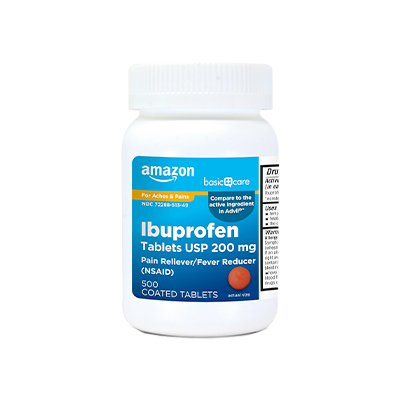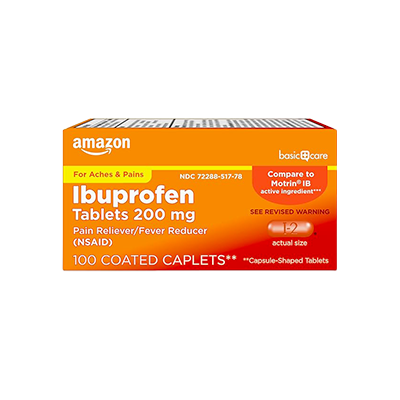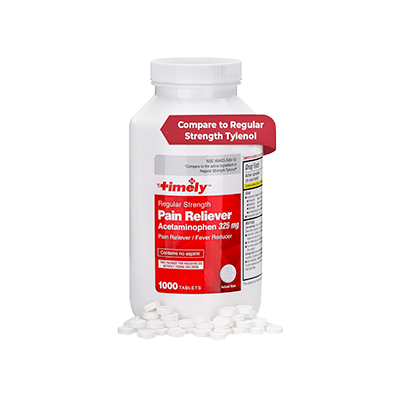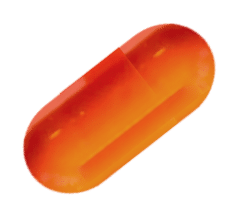When it comes to pain relief, most of us reach for Tylenol or ibuprofen without thinking too much about how we take it. But there’s a smart (and safer) way to get better results with fewer side effects—and it’s all about dose and timing.
Tylenol: Low vs. High Dose
Tylenol (acetaminophen) at low doses—like the typical 325 mg—primarily blocks the perception of pain. It works on your brain’s processing of discomfort, not the root cause. But at higher doses, around 1,000 mg, something else happens:
It begins to activate your body’s endogenous cannabinoid system, which can help reduce inflammation, not just the feeling of pain.
However, there’s a big caveat.
Tylenol is processed by your liver, so taking it too often can cause real damage. That’s why the smarter approach is:
- 1,000 mg every 10–12 hours, rather than
- 325 mg every 4 hours
This gives your body the full anti-inflammatory benefit while allowing your liver time to recover.
Ibuprofen: Not All Doses Are Equal
Ibuprofen is great for inflammation—but only at the right dose. Over-the-counter bottles usually give you 200 mg tablets and suggest taking 400 mg every 4 to 6 hours. That’s fine for mild pain, but not ideal for true inflammation control.
Here’s how it breaks down:
- 600 mg = maximum pain relief
- 800 mg = maximum inflammation control
But again, there’s a tradeoff. High doses of ibuprofen can damage your stomach lining if taken too frequently. The trick?
- Take 800 mg every 12 to 24 hours, not multiple times per day
- This gives your body time to reduce the potential for GI damage
The Takeaway
With both Tylenol and ibuprofen, the key is less frequent, higher doses—not small, constant dosing. This approach improves effectiveness and lowers your risk of long-term side effects.
So next time you reach for a pain reliever, think big—but think smart.












